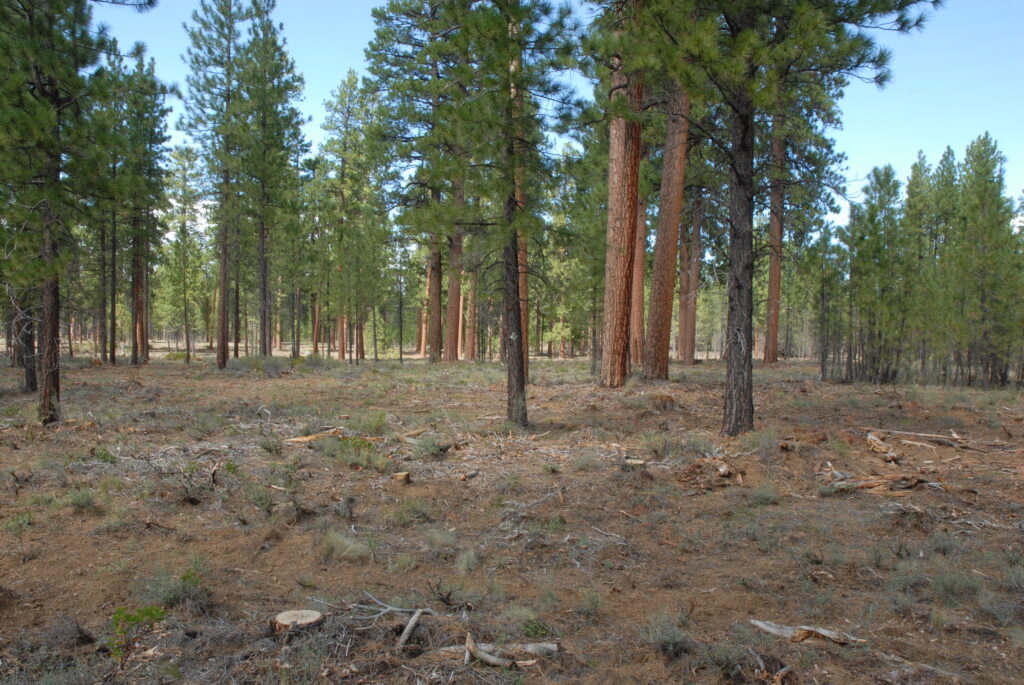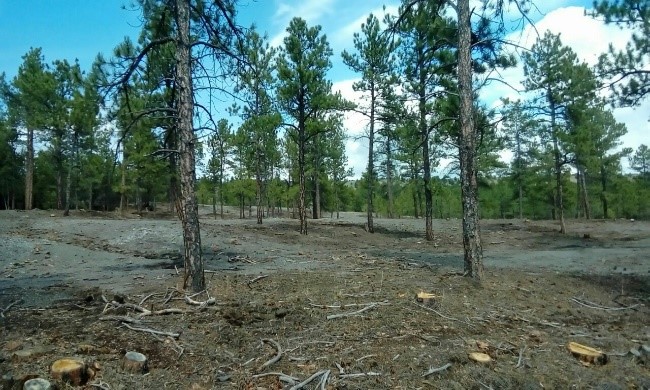As we watch a million acres burn across numerous Western states, we are reminded that wildfire is never more than a lightning strike away. If you live in the forest, your property is at risk. We can’t control lightning strikes, but by managing the vegetation and fuel loads on your property, we can greatly increase the survivability of your home and other structures in the event of a wildfire.
Fuel Mitigation in Weston County
The Weston County Natural Resource District has partnered with the Weston County Fire Protection District and is now able to provide technical and financial assistance to landowners wishing to mitigate fire danger on their property. Funding is provided through a grant from Wyoming State Forestry.
Contact the district today to learn more about how we can help you reduce the fuel load on your property. A visit from a forestry professional can help you asses the current state of your property. The District can help in developing a plan to protect your property.
Defensible Space

Creating a defensible space around your home and out buildings is a great place to start. This creates a space where fuels are reduced and where fire crews can safely defend your property. A good defensible space can be created by the elimination of many of the trees, brush, ladder fuels, and dead woody material. It is typically divided into 3 zones. The distances of the zones can vary by terrain and vegetation, typically extending out to 100 to 200 feet.
Fuel Treatment

Outside of the defensible space zone fuel treatment specifications are followed. This zone remains forested, but trees are thinned to a minimum of 4 feet between crowns. Ladder fuels are removed and trees are typically pruned to five feet. This helps to reduce the likelihood of a fire developing into a crown fire. This practices does not necessarily have to be around a structure.
Fuel Break

A fuel break is a strip of land along roads, property perimeter, or other strategic area designed to break up the tree canopy to slow or stop a crown fire. Fuel breaks must be a minimum of 100-feet wide. A space of 6- to 10-feet between the tree crown branch tips should be attained and all ladder and dead fuels removed from the project unit.
Additional Resources
For more information go to:
University of Wyoming Extension Resources: Wildfire
Living with Wildfire in Wyoming
National Fire Protection Association: Preparing homes for wildfire

